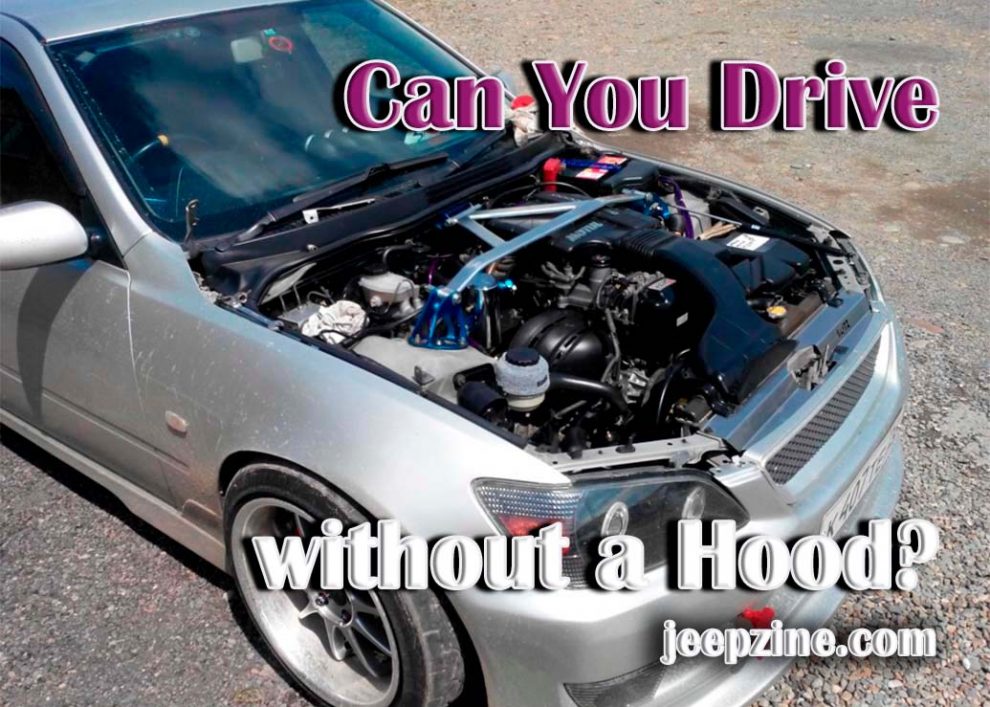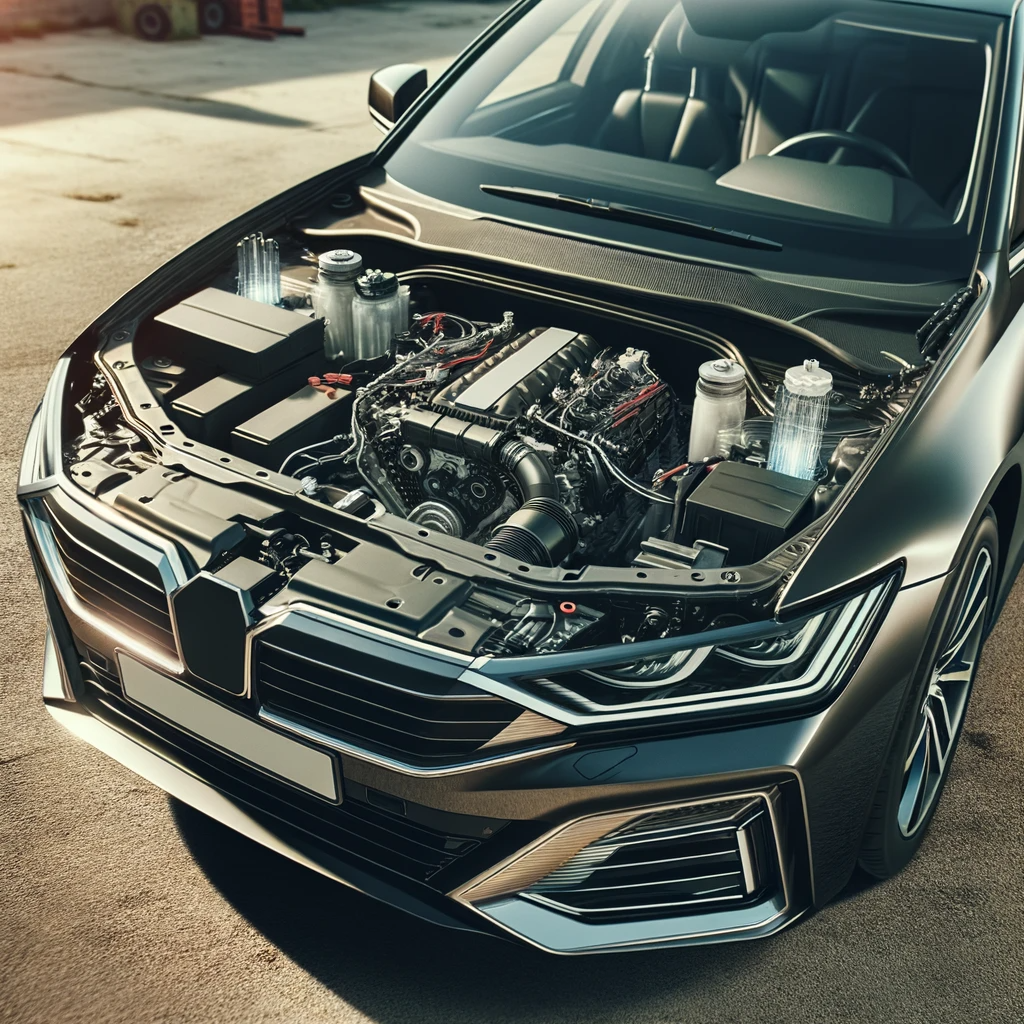The car’s hood is crucial for a vehicle, safeguarding the engine, radiator, and other parts. But what happens if you find yourself in a situation where the hood is missing or broken? Can you drive without a hood? This article will explore the safety risks associated with driving without a hood and offer advice on handling this potentially dangerous situation. We will look at the implications for your vehicle’s mechanical and aesthetic aspects and provide tips on finding replacement parts if necessary. Finally, we will discuss whether it is legal to drive without a hood in certain cases. By the end of this article, readers should better understand the risks and considerations when it comes to driving without a hood.
Is It Legal to Drive without a Hood?
The answer is yes and no. In most states, it is illegal to drive without a hood because of the danger posed to the driver and other road users. The missing hood presents a safety risk due to debris or other objects potentially entering the engine compartment while you are driving. Depending on where you live, you will likely receive a fine if pulled over by law enforcement for driving without a hood. In some cases, however, it may be legal to drive without a hood if the vehicle has been inspected by an approved inspector and deemed safe for use on public roads. Each state has different laws regarding this situation, so check with your local motor vehicle department before driving without a hood.
 Safety Risks of Driving without a Hood
Safety Risks of Driving without a Hood
Driving without a hood can present numerous safety risks due solely to a lack of protection for vital parts of your car’s engine and suspension system from dirt, debris, water, or even small animals that could end up in your engine bay while driving down the road at high speeds. Not only could this cause immediate damage or create dangerous hazards such as smoke or flames, but it also means that any problems with these components won’t be easily identified until major damage has already been done. Further still, there is an increased risk of injury from high-speed air pressure entering through this opening in case of an accident since there would be nothing blocking its way into the cabin area where passengers would typically sit in most cars.
What to Do If Your Car’s Hood Is Missing or Damaged
The first step in handling this situation is to find a replacement hood. An authorized dealer might have a replacement hood available based on your car’s make and model. Alternatively, you can search for used parts online or through junkyards. Check the condition of any second-hand parts before purchasing them, and ensure they are compatible with your car before buying. If you cannot locate a replacement hood, you must have it inspected by an approved mechanic or inspector who can assess whether it is safe for use on public roads before attempting to drive without one. For any electrical issues that might arise, also read up on the headlight relay location to troubleshoot headlight problems that may occur if the hood has affected surrounding components. It should be done regardless of whether you live in a state that requires inspection for cars without hoods, as it will help ensure your safety and that of other drivers whenever you get behind the wheel.
Conclusion
Driving without a hood presents numerous risks due to its lack of protection for vital parts of your car’s engine and suspension system from dirt, debris, water, or even small animals that could end up in your engine bay while driving down the road at high speeds. Depending on where you live, it may be illegal to drive without a hood due to the danger posed by these risks; however, some states may allow it if the vehicle has been inspected by an approved inspector and deemed safe for use on public roads. Suppose your car’s hood is missing or damaged. In that case, it’s important that either a replacement is found or that an approved inspector clears the vehicle for driving before taking it out onto public roads to protect yourself and other drivers from harm.


 Safety Risks of Driving without a Hood
Safety Risks of Driving without a Hood